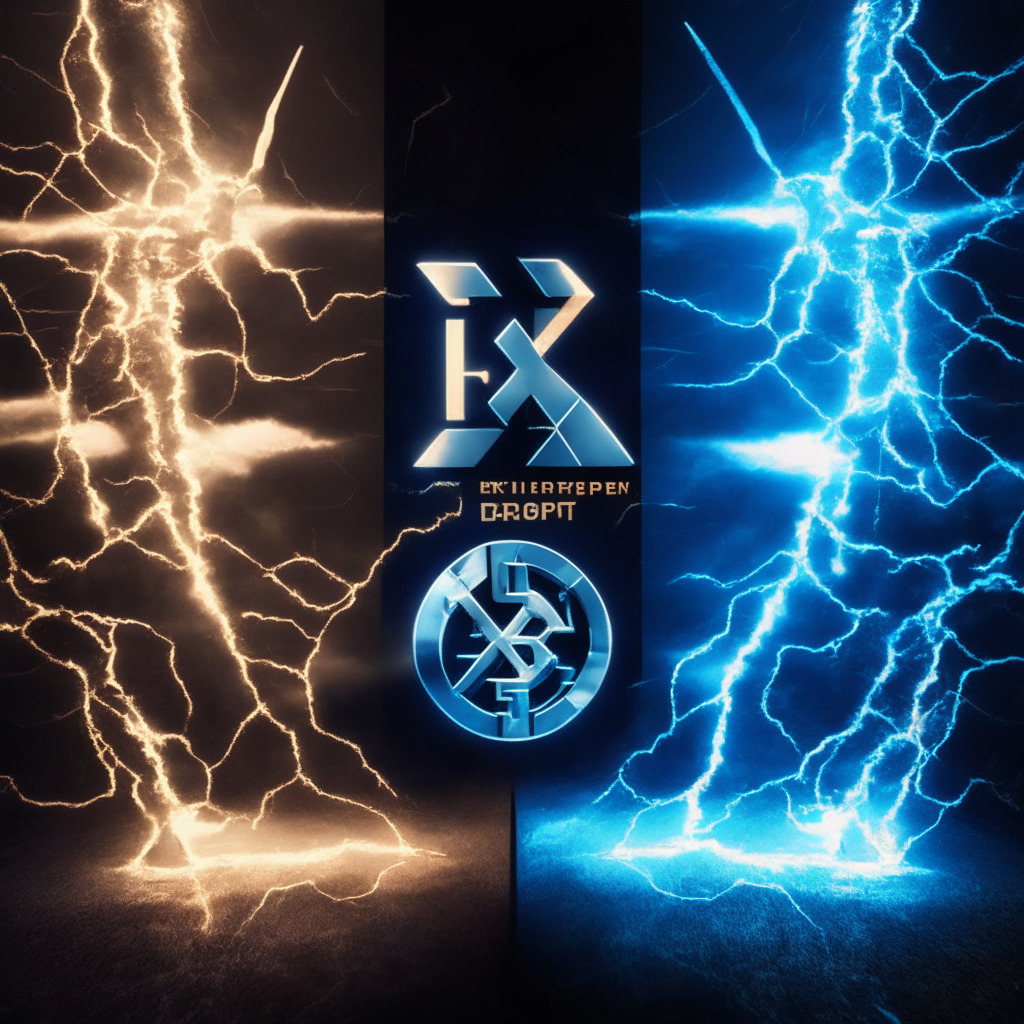Throughout the year, there has been a persistent question that seems to lack a clear, concise answer: If you couldn’t get rich from it, which current cryptocurrency-related products would people consistently utilise? Dedicated technology platforms like Uber, Google Docs, Twitter, and so on are used daily without any expectation of becoming instantly wealthy – the function they provide is sufficient.
This same principle has not yet become deeply rooted within the crypto world. Though many blockchain-related applications and services, such as Uniswap or Aave, are praised for their technical accomplishments, their primary use is still to move and trade tokens – in essence, a means to amplify wealth. Shouldn’t there be more to Web3 technology than just speculation and wealth accumulation?
Though some might claim that platforms like ENS or IPFS meet this criterion, a closer look shows most of their uses, up till now, are strongly tied to speculation. Yet, there is one application that stands out distinctly – international payments using stablecoins. The ability of cryptocurrencies to resolve issues from transferring money in countries with steep transaction costs is undeniable, highlighted by PayPal’s move into issuing a USD stablecoin.
However, beyond stablecoins, it appears that the rest of the crypto market, boasting a $1.2 trillion market cap and billions in funding, is largely backing speculation. Isn’t it time to address this exhausting cycle of speculation and incorporate some actual utility into the crypto landscape?
Contrary to popular belief, Web3 technology isn’t merely about getting rich swiftly. It can offer an enhanced experience that’s significantly better than what’s currently available in Web2. Some notable areas where crypto can truly distinguish itself include self-custody of assets, peer-to-peer connections, and new business models.
In terms of self-custody, Web3 demonstrates impressive handlings of asset control. For instance, private keys linked to smart contracts and blockchains enable users to securely “own” their lines of code, establishing a sense of responsibility in the digital world. Additionally, Web3 can offer a formidable alternative to countless Web2 applications that thrive on constantly collecting user data, instilling a sense of empowerment and convenience that’s currently absent in Web2.
Censorship resistance is another potential 10x advantage offered by Web3, despite the challenges it may present. Tools like ‘Sign in With Ethereum’ can offer instant account creation, seamless transactions, and control over your data, establishing an irreplaceable relationship between brands and their users.
And finally, Ethereum, a popular blockchain platform, offers a creative arena for new socio-economic models, highlighting the infinite possibilities that crypto brings to the table. Ethereum has steered away from traditional models of operation and has shown the potential for new business models such as funding open-source software.
Hence, crypto undoubtedly has the ability to develop killer applications for the common user. The technology holds the potential to create a better world in numerous ways – but only if it can first tackle the rampant speculation that currently overshadows the actual utilities of crypto.
Source: Coindesk




